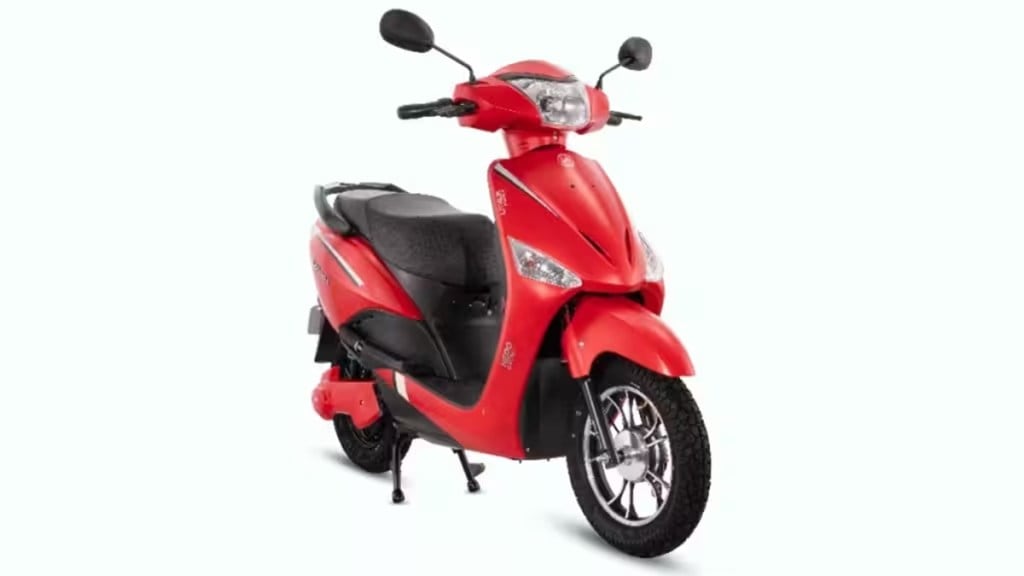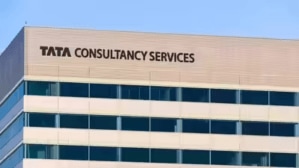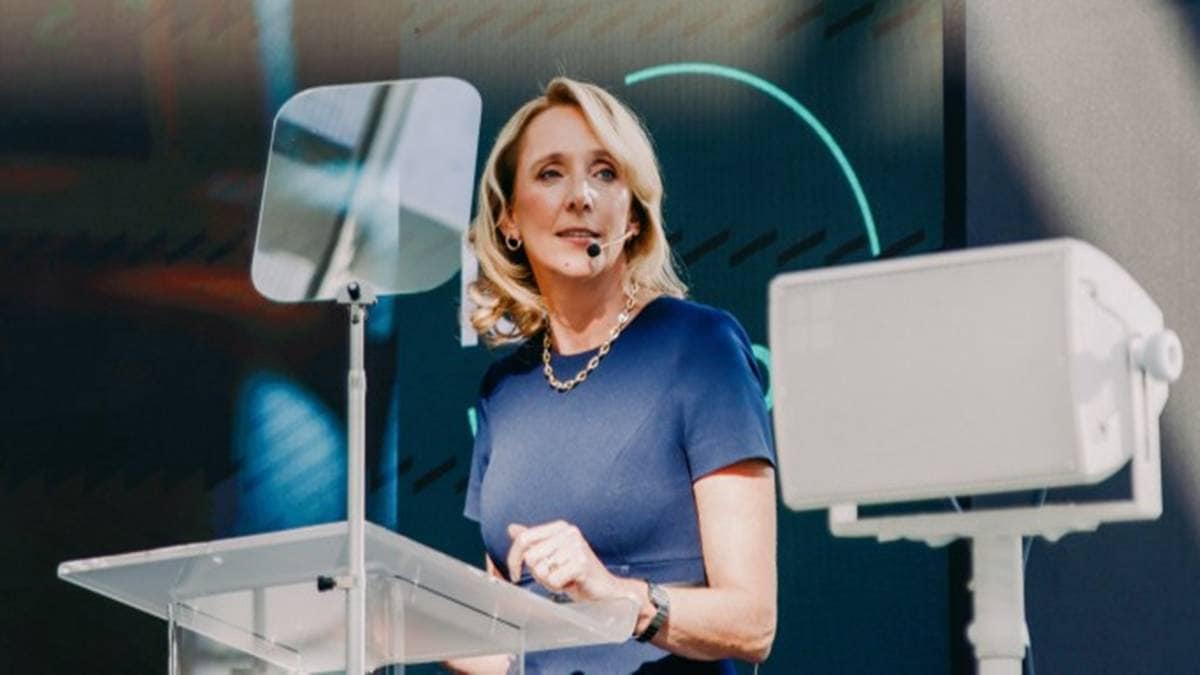Electric Vehicle (EV) adoption has hit speed bumps as interest rates, shorter tenors and lower loan-to-value ratios are making it difficult to own these eco-friendly vehicles, especially for price-sensitive segments like electric two-wheelers and electric three-wheelers. EVs come with a higher price tag compared to internal combustion engine (ICE) vehicles, which forces buyers to seek financing from banks and non-banking financial companies (NBFC). However, interest rates charged by lenders are significantly higher. Interest on auto loans charged by banks on electric two-wheelers ranges from 12.2 to 21%, while for ICE two-wheelers the rates range between 8.85 to 17.8%.
A report by NITI Aayog and BCG showed that typically, the interest levied on EV two-wheelers is 1-4% higher than ICE vehicles. While the loan-to-value ratio for an EV two-wheeler ranges from 65-80%, lenders are willing to offer up to 95% for an ICE vehicle. One of the main reasons for higher interest is shorter loan tenor which pushes interest rates higher. The tenor offered is typically three years for an EV two-wheeler and four years for an ICE vehicle. Experts say that interest rates for these consumers are high largely due to concerns related to technology risk, perceived risk of borrowers, and increased insurance costs.
“These challenges, coupled with lack of an organised secondary market for EVs, result in extended turnaround time and reduced loan-to-value (LTV) ratios in EV financing,” said Saket Mehra, Partner and Auto Sector Leader, Grant Thornton Bharat. “Given the heightened perceived risks and limited awareness regarding risk mitigation within the EV industry, the growth of the retail financing market for EVs has been constrained,” he added. While electric mobility is gaining traction in India, a sizeable share of EV sales is made to commercial entities and fleet operators. These entities are better placed to tide over prevailing challenges given their existing tie-ups with lenders.
Additionally, these entities have prior experience in dishing out high capital expenditure in the renewable energy segment, which works in their favour, say experts. On the other hand, the challenge for individual borrowers lies in the fact that there are fewer bank and non-banking financial company options lending for EVs in comparison to ICE vehicles.
Among the options available, there is a variation in loan terms between EV two-wheelers and ICE two-wheelers. Experts highlight that the perceived risk to finance new technology is a key reason for the varied loan terms between EV vehicles and ICE vehicles. Apprehension about EV battery life is impacting vehicle resale value, say experts. “The EV battery life is hard to predict as it depends on a range of factors like battery chemistry and quality, Battery Management System, duty-cycle of an EV, driving behaviour, ambient temperature, traffic congestion and road condition,” said Shyamasis Das, Fellow, Centre for Social and Economic Progress. “Will the EV last more than the tenor period? Due to this uncertainty, banks give EV loans for a shorter tenor compared to ICE-vehicles,” he added. Banks prefer lending to commercial entities. On the other hand, NBFCs and financial technology companies are more forthcoming to lend to individual EV buyers.
However, experts feel that there is a lack of details about the performance of these non-bank lenders with regard to defaults, loan losses, and recovery methods, which is also a challenge. “If you used to finance a Honda Activa or a Hero Splendor in the past, you used to have a good understanding on how you underwrite that vehicle, what is the resale value. But, that part is unknown for as far as EVs are concerned,” says Manish Saigal, Managing Director, Alvarez & Marsal. The recent reduction in the Fame-II subsidy for two-wheelers is expected to raise the prices of EV two-wheelers by 20-25% going ahead, and this has increased the need for EV financing. “Financing has to become more innovative here. If there is way to finance these vehicles by reducing the upfront margin costs that borrowers have to pay, adoption can become really accelerated,” Saigal said.








